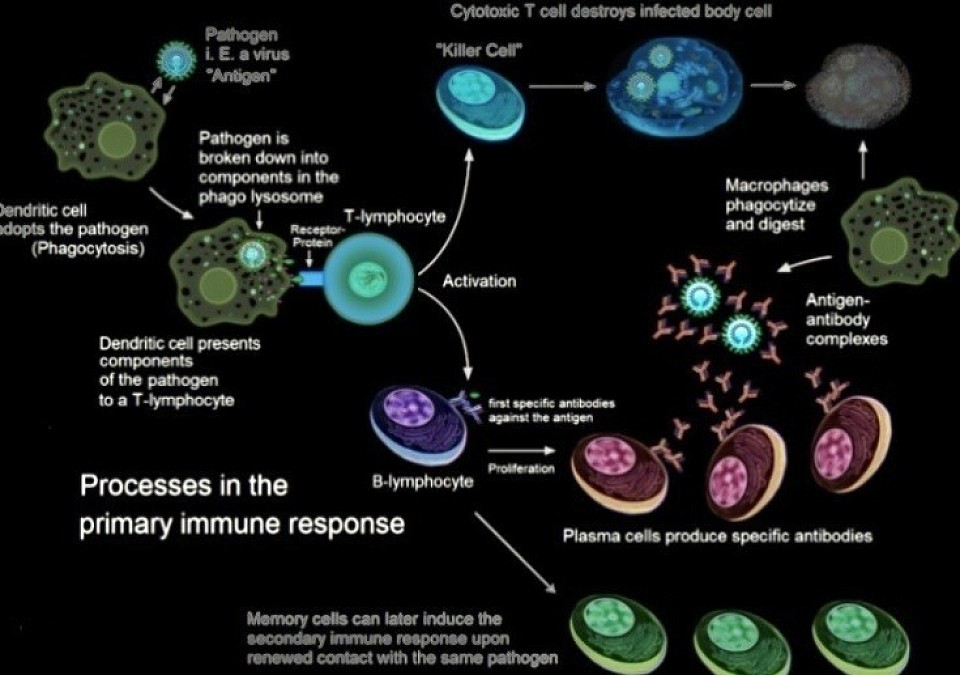-ˋˏ ༻ 1 ༺ ˎˊ-
━━━━━━━•°•°•❈•°•°•━━━━━━━
━━━━━━━•°•°•❈•°•°•━━━━━━━
⚠️ Trigger Warning ⚠️
While this is a work of fiction, its message touches on some very real subjects: mental health, self-harm, and suicidal thoughts. I have zero intention to hurt or trigger anyone. My work is to remind people of the beauty and other amazing things that exist in life
──── ·:*¨༺ ♱✮♱ ༻¨*:· ────
I can’t provide medical advice or therapy; what I can offer is a place to use your imagination, get creative, play, and have fun. Using creation and its wonders
──── ·:*¨༺ ♱✮♱ ༻¨*:· ────
How does my story tie into mental health?
It’s my way of showing the beautiful and amazing things that often go unnoticed in the world. The Laminae did, at first, live the only way they knew. Their world crashing down wasn’t the end; it’s the beginning. A second chance to see the world in a new way.
──── ·:*¨༺ ♱✮♱ ༻¨*:· ────
──── ·:*¨༺ ♱ Time ♱ ༻¨*:· ────
History is to be made as the Laminae’s world is no longer Mito and enters an era called..
──── ·:*¨༺ ♱ Lymph ♱ ༻¨*:· ────
Lymph is short for Lymphocytes
·༺ ♱ Behaviours ♱ ༻·
The Writing / World Building / RP Aid is built this way:
Suggested Topics
In an environment based on biology
Control / Creating Balance / Synchronization / To Discontinue / To Pass Down / To Act With Precision / To Be Accurate / To Correct a Problem / Removing Corruption / Connection / To Reinforce / Strengthen a Foundation / To Provide / Replenish / Bring Things To A Close / Changing Form / Prolonging Life / Strategically Placed / Continue
Contributing to:
(You can use dice 🎲 if you like)
1. Common Threat / 2. Common Goal / 3. Personal Threat / 4. Personal Goal / 5. Reward / 6. Consequence
──── ·:*¨༺ ♱✮♱ ༻¨*:· ────
Examples:
꩜The object is a type of object that serves a purpose within another object but it doesn’t carry the instructions to build an identity
꩜ To identify the start site and direction of its intention for a particular object
꩜ To use intention for the event’s factors to process the event it can be located long distances away from their intended idea. An action at a distance independent of its orientation brought together through an event allowing those at a distance to interact with the process
Writing / World Building / RP Aid
T Cells
──── ·:*¨༺ ♱ Guide ♱ ༻¨*:· ────
──── ·:*¨༺ ♱ Story ♱ ༻¨*:· ────
T Cells
T cells are lymphocytes:
characterized by their T-cell receptor (TCR):
and maturity in the thymus, which provides them with specific recognition of antigen-MHC complexes:
displayed by antigen-presenting cells (APCs):
They are vital for the adaptive immune system:
performing functions like killing infected cells (cytotoxic T cells):
or orchestrating immune responses (helper T cells):
Key characteristics include their ability to differentiate into various subsets:
form memory cells:
for long-term immunity, and express surface markers like:
CD3:
CD4:
CD8:
Writing / World Building / RP Aid
Key Surface Markers
──── ·:*¨༺ ♱ Guide ♱ ༻¨*:· ────
──── ·:*¨༺ ♱ Story ♱ ༻¨*:· ────
Key Surface Markers
T-Cell Receptor (TCR):
All T cells express a TCR, which is a unique cell-surface receptor that recognizes specific antigens bound to MHC proteins on other cells
CD Markers:
CD3:
Found on all T cells, identifying them as T lymphocytes
CD4:
Found on helper T cells
CD8:
Found on cytotoxic T cells (killer T cells)
Cytotoxicity:
CD8+ cytotoxic T cells directly kill infected cells, such as those infected by viruses or cancer cells
Immune Regulation:
CD4+ helper T cells do not kill directly but release cytokines, which signal and activate other immune cells like B cells and macrophages to fight infection
Following activation, some T cells develop into memory T cells, providing long-term protection and a faster response upon re-exposure to the same antigen
Writing / World Building / RP Aid
Helper T cells (CD4+)
──── ·:*¨༺ ♱ Guide ♱ ༻¨*:· ────
──── ·:*¨༺ ♱ Story ♱ ༻¨*:· ────
Helper T cells (CD4+)
Coordinate the immune response by activating other immune cells



